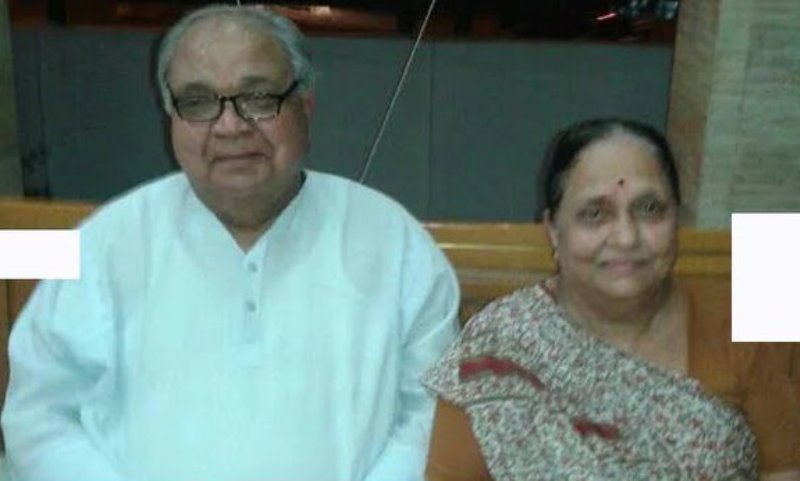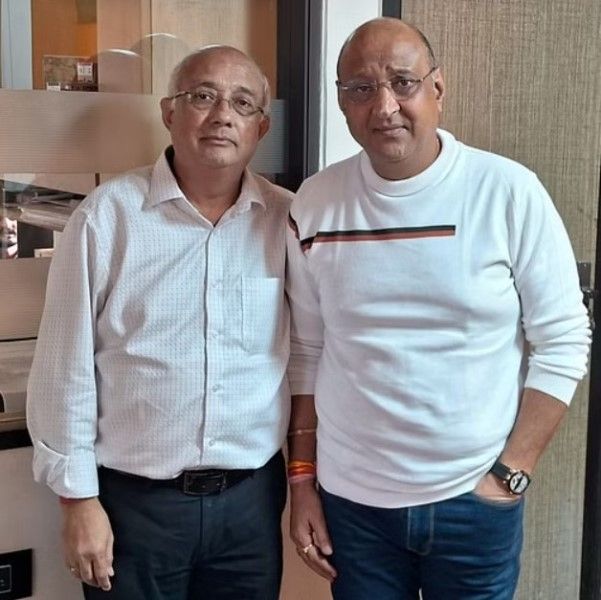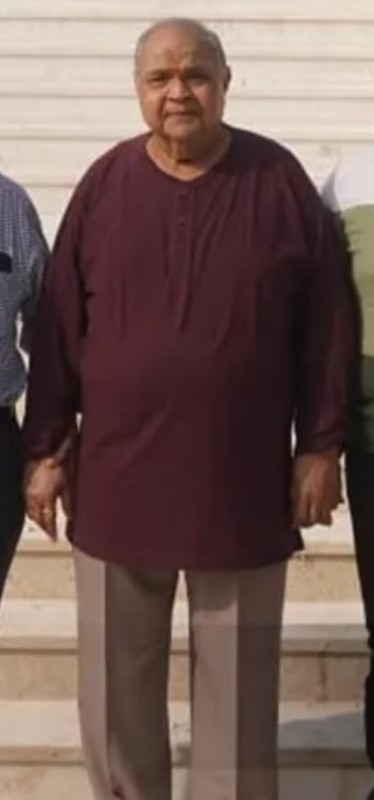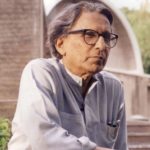Chandrakant Sompura Age, Wife, Family, Biography & More
Quick Info→
Age: 80 Years
Wife: Shobha Sompura
Hometown: Palitana
Some Lesser Known Facts About Chandrakant Sompura
- Chandrakant Sompura is an Indian architect, who was the main architect for the construction of the Ram temple in Ayodhya, Uttar Pradesh, India.
- He hails from Palitana in Gujarat. Later, Chandrakant Sompura’s family relocated to Ahmedabad in the 1960s due to work-related reasons. [1]Mumbai Mirror
- Chandrakant Sompura comes from a lineage of temple architects, being the 15th generation in his family. [2]Deccan Herald
- His grandfather, Prabhashankar Sompura, was the architect behind the renovated Somnath temple in Prabhas Patan, Gujarat, completed in 1949. Prabhashankar Sompura received the Padma Shri award for his contributions. [3]First Post
- The Sompura family is renowned for their work on various significant projects, including the construction of the Akshardham temple complex in Gujarat, the Swaminarayan mandir in Mumbai, and the well-known Birla Mandir in Kolkata. [4]First Post
- His father, Prabhakar Sompura, was the architect of the Somnath Temple in Gujarat and the Krishna Janmasthan Temple in Mathura, regarded as the birthplace of Lord Krishna. [5]Our Vadodara [6]India Times
- Chandrakant Sompura has not had any professional training in architecture. [7]Deccan Herald
- Chandrakant Sompura has built over 130 temples, both in India and abroad. Some notable examples include the Swami Narayan Temple in Gandhinagar, the Ambaji Temple in Palanpur, and the Akshardham Temple in Ahmedabad, among several others.
- About 32 years before the Ram Temple’s construction, in 1989-90, Ashok Singhal, the leader of the Vishwa Hindu Parishad (VHP), contacted Sompura through the Birla family to design the Ram temple. Sompura, along with Ashok Singhal, made his first visit to the site to evaluate the land. In an interview, when discussing his initial visit to the temple’s site with Ashok Singhal, he shared,
Mr Ashok Singhal (former VHP leader) decided in 1988 that the temple should be constructed here and he reached out to GD Birla. Our family had been working with Mr Birla for decades. So I got a call from Mr Birla and he asked me to come to Delhi, visit Ayodhya with him and prepare the design for the temple. At that time, we were not allowed to take measuring tapes. I was told to just have a look around alone. It was very difficult for me to envision a temple without proper measurement. So, I used my feet and counted the steps. I remembered all the steps – from left to right, across, and replicated the design inside a big hall where I could take proper measurements.” [8]NDTV
- After Chandrakant was appointed as the chief architect of the Ram temple, he created several models and presented them to the Vishwa Hindu Parishad (VHP) and Ashok Singhal. They gave their approval to a specific model, which was later transformed into a wooden structure. This structure was then presented to the saints at Kumbh, and they also gave their approval to it. [9]India Times
- In 1989, Chandrakant created the initial design for the Ram temple. In 2020, Sompura and his sons, Ashish and Nikhil, improved the temple’s design, taking into account the large scale of the project. [10]CNBC TV 18
- In November 2019, Sompura reported that approximately 40 per cent of the stone carvings had been completed. He asserted that the construction would be completed within 24 to 30 months after the foundation was laid.
- Chandrakant alleged the Ram Temple constructed by him is recognized as the ‘first temple in the world’ to undergo a 3D structural analysis before construction, ensuring its ability to withstand earthquakes up to magnitude eight on the Richter scale. [11]First Post
- Chandrakant Sompura is recognized as one of India’s foremost temple architects, holding considerable influence. He has played a crucial role in revitalizing and safeguarding ancient Indian temple architecture and culture. He is considered a source of inspiration for numerous aspiring architects and students, motivating them to pursue a career in temple design.
- On 22 January 2024, the consecration ceremony for the Ram Temple took place.
References/Sources:













